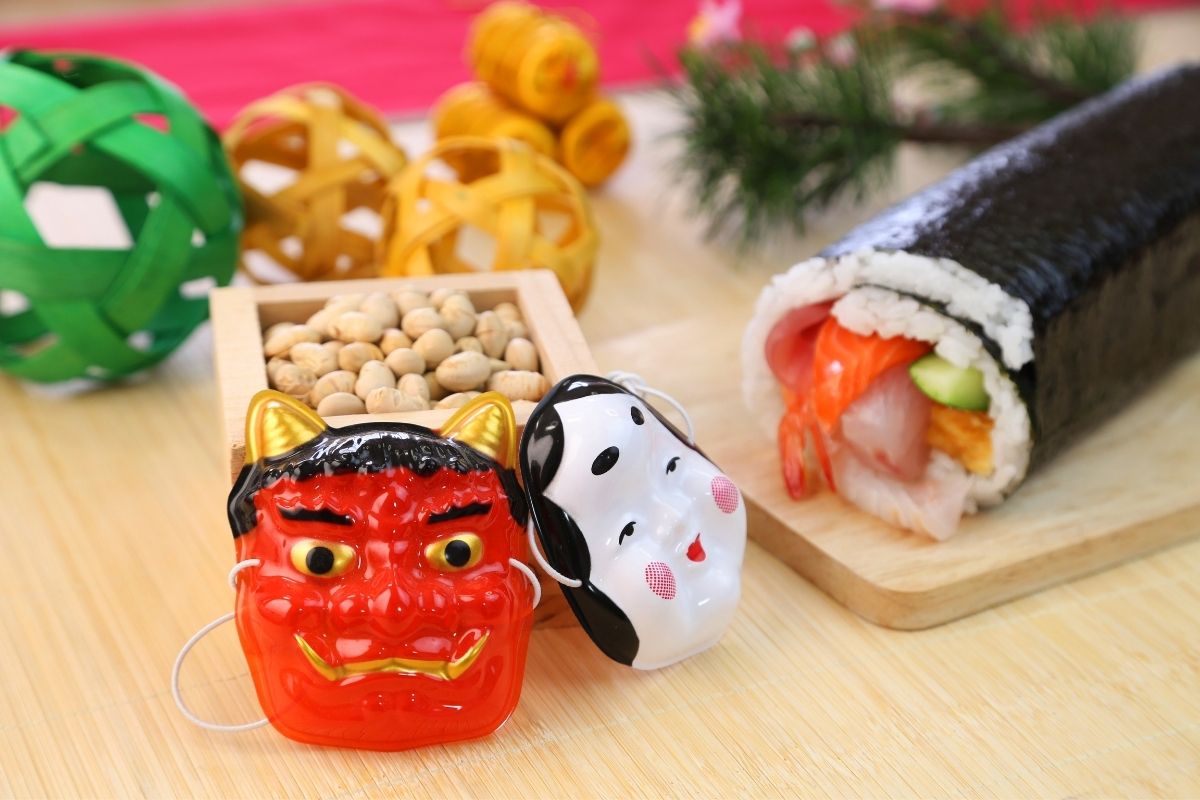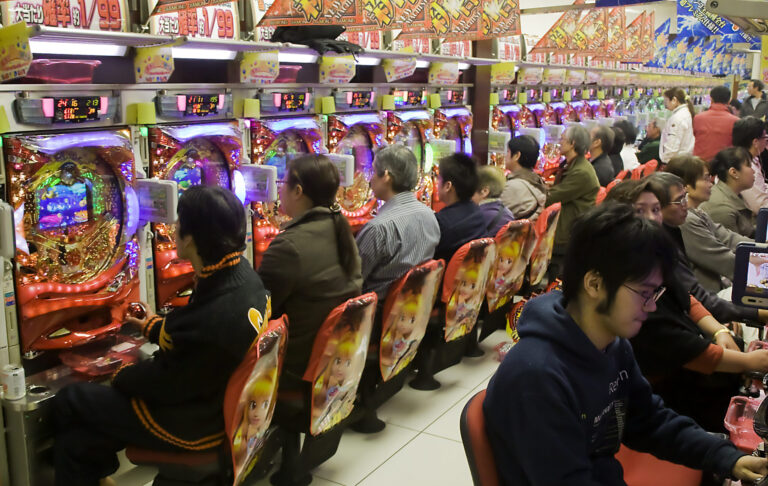Earlier this month, you might have been walking down a Japanese residential street only to come across Japanese people tossing beans outside of their front doors.
Maybe you even visited a nearby temple or shrine and saw someone wearing a mask made to look like the classical Japanese art depiction of a demon (complete with two horns) dancing around and falling victim to a crowd’s flying beans.
The bean-throwing and demon-mask antics are part of Setsubun, a traditional Japanese holiday that takes place on the eve of the new season. The most widely celebrated of these holidays takes place on February 3rd. How is early February, in the midst of winter, a new season? The seasons traditionally celebrated by Setsubun are based on the ancient Japanese lunar calendar and there are 24 seasons in the year! According to this ancient calendar, early February is the start of spring and is called Risshun.
So about the time we’re asking groundhogs to predict how much winter is left (throwing beans doesn’t seem so silly in comparison, does it?), the Japanese are already celebrating the start of spring, be it in a traditional sense. (Meteorologically, Japanese spring starts between March and May, depending on the region.) The traditional Setsubun celebration was meant to cleanse all bad luck from a person’s house that accumulated in the former year (in traditional Japan, like traditional China, the New Year begins in spring and is based on the lunar calendar) and drive away any malevolent spirits that have been possessing the home. The homeowners then ask that good luck and good spirits come into the home.
The Japanese word for beans, mame, is a homonym for “the eyes of evil,” so it is believed that beans were chosen as the tools with which to drive away the evil because the homeowners would then be grabbing evil by the eyes and tossing it away from the house. The beans are usually roasted soybeans. During this ceremony, called Mamemaki (bean throwing), homeowners shout, “Oni wa soto! Fuku wa uchi!” which means “Out with demons! In with luck!” as they either throw beans out the door or at a family member wearing a demon mask.
Today most Japanese don’t believe in the spiritual aspect of the tradition, any more than people in North America believe that groundhogs can predict the weather. But the tradition is a part of their culture and it can be fun to participate in the festivities. During Haru Matsuri (the Spring Festival in early February), Shinto shrines and Buddhist temples hold a celebration and on Setsubun participants can grab some beans and throw them at people wearing demon masks.
Have you ever participated in Setsubun? (It’s a popular activity in Japanese classes in North America, too.) Would you want to be dressed up as the demon and attempt to avoid the beans or would you rather do the throwing?
No related posts.
Tags: holidays, japan, japanese calendar, japanese culture, japanese customs, setsubun, shinto




